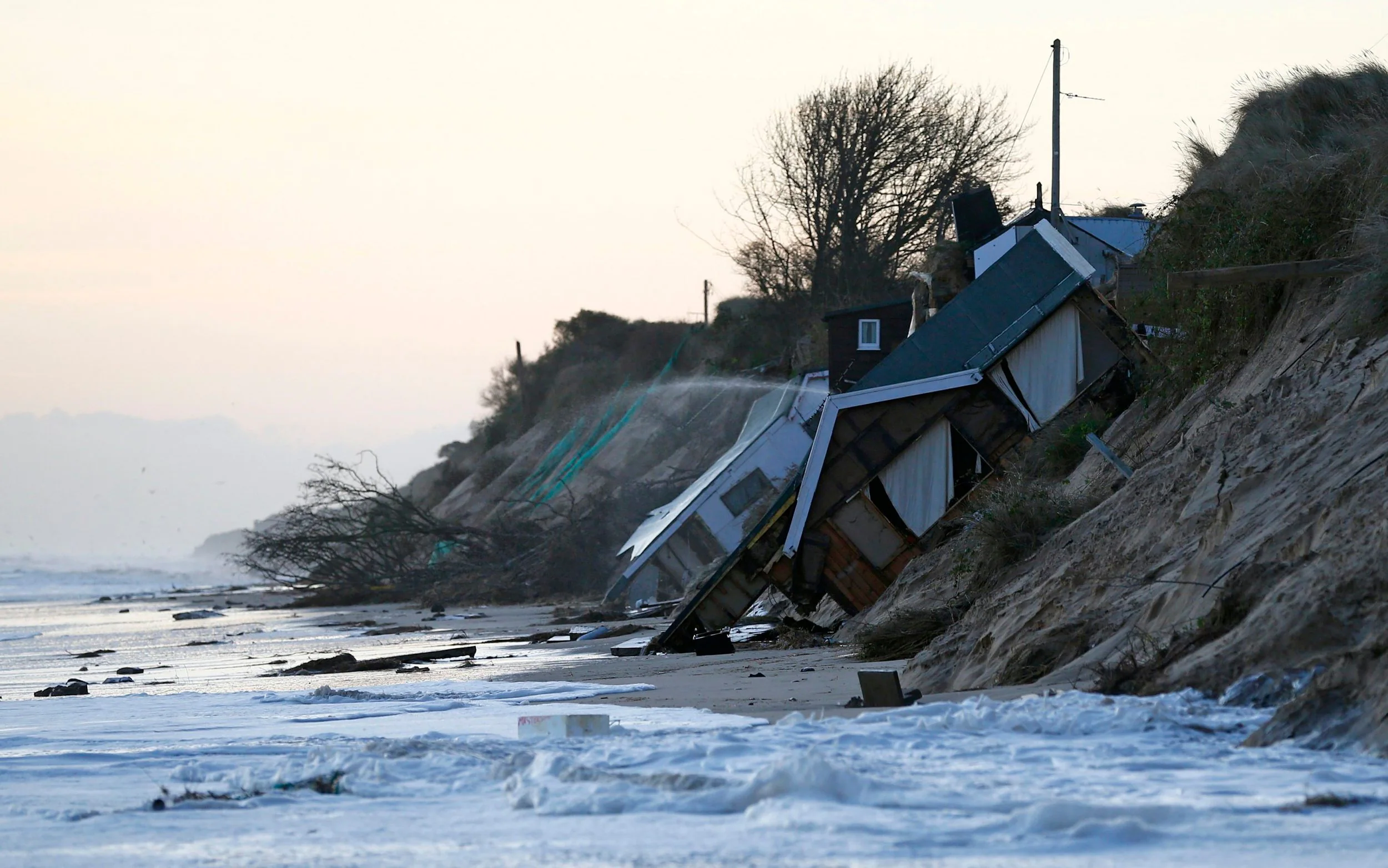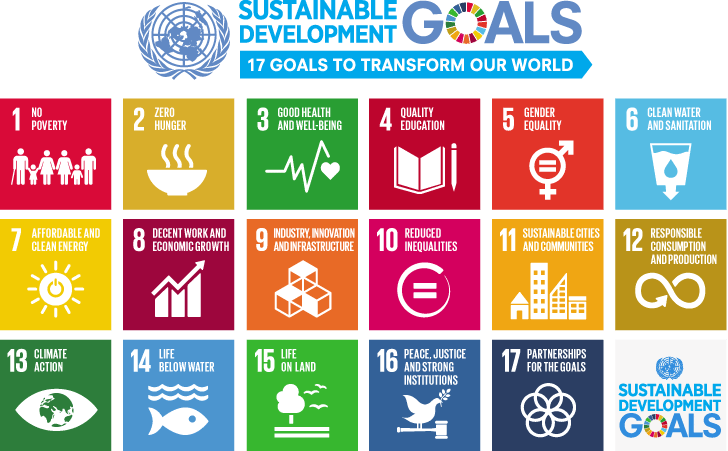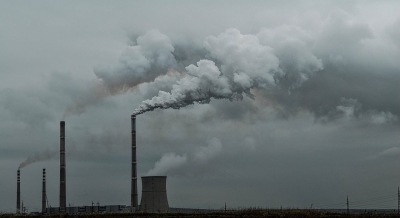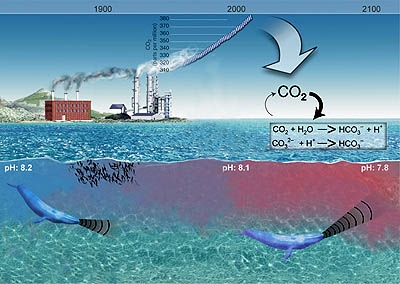
As our planet warms, oceans across the globe absorb a large portion of the heat generated. In the process, the water expands, resulting in universal sea-level rise. In addition, the rise is also caused by the melting of glaciers and icebergs. Usually such melting during warmer months and freezing during colder months is a natural phenomenon. However, with global warming, there’s more of the former than the latter, leading to alarming sea-level rise, threatening to submerge several cities within just a few decades.
Why does sea level change?
Causes sea level to rise because water expands as it warms up; melting of the world’s ice sheets. A large ice mass, which flows over hills and valleys and occupies a large portion of a continent. The world has only three major ice sheets today (Greenland, West Antarctica, and East Antarctica).
In Greenland and Antarctica; melting of smaller around the world; and decrease in the amount of water held on land, for example, in groundwater beneath the land and in reservoirs above the land. Ocean warming accounts for around half of the observed change in sea level (this is often called “thermal expansion”), with the melting of thousands of small glaciers accounting for the other half of the increase in sea level. Since the 1800s, the melting ice sheets in Antarctica and Greenland have contributed relatively little to sea level change. But, these ice sheets are starting to melt faster due to global warming and may push sea level up much more in the future.
How much could sea level rise?
Because of global warming, the thermal expansion of the ocean and glacier melting will continue to play a role in the rise of sea level in the future . If all of the planet’s remaining as small glaciers were to melt, sea level would rise about 50 cm. The amount that thermal expansion can raise sea level in the future will depend on the continued warming of sea water. The largest possible contribution to sea level rise in the future comes from the world’s large ice sheets in Greenland, West Antarctica, and East Antarctica. If these ice sheets melted completely, the level of the oceans would rise about 7 m from the Greenland ice sheet, 5 m from the West Antarctic ice sheet, and 53 m from the East Antarctic ice sheet. This is why many glaciologists (scientists who study ice) focus on how Greenland and Antarctica are changing because of global warming.
How will sea level rise affect the countries of the world?
The effect of ice sheet melting on sea level is different across the world.
So, when the sea level rises, people will be affected in different ways, depending on where they live. The UK is used to occasionally dealing with rising sea level for short periods of time, particularly when there are storms at the same time as when the tides higher than usual. If the IPCC predictions are correct, we must consider the possible increase in sea level on top of natural tidal surges. This will cause dangerously high tides to occur more often in the coming decades, and these future tides might be more destructive than we are used to.
In farming regions near the coast, seawater flooding on land can contaminate the soils with salt, making them less able to support the growth of crops. The salty water may also get into underground stores of fresh water (known as groundwater), which is the source of important drinking water and also for farmers to grow crops.
In coastal cities, sea level rise will cause more flooding to houses, businesses, and while it may seem sensible to consider moving cities away from harmful floods, especially as we know it will likely happen in the future, our cities cost so much to develop that we are more likely to simply try to protect them from rising sea levels. A vision of our cities near the sea involves them with walls facing the ocean several meters high, with the street level of the cities themselves being below the level of the ever rising sea.
Credit : Frontiers for young mind
Picture Credit : Google





